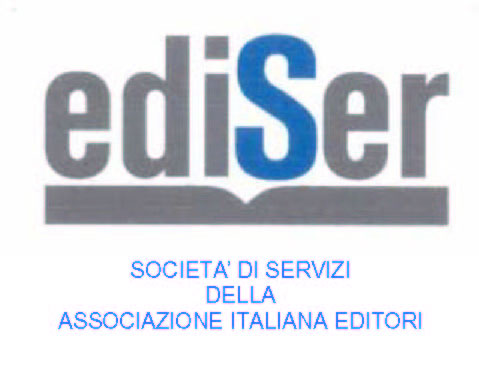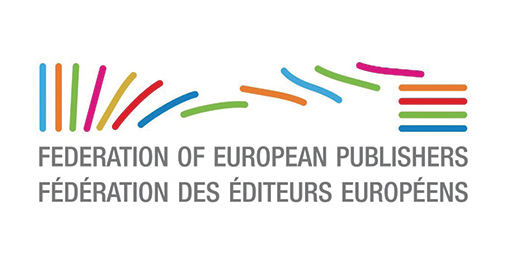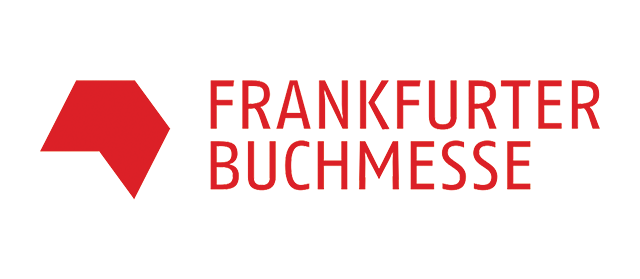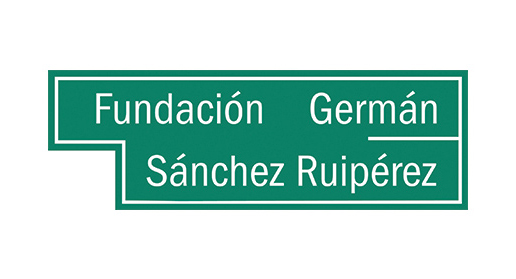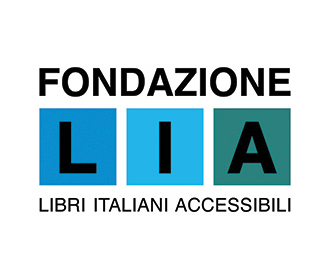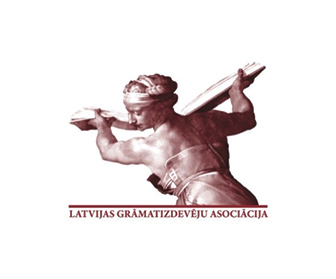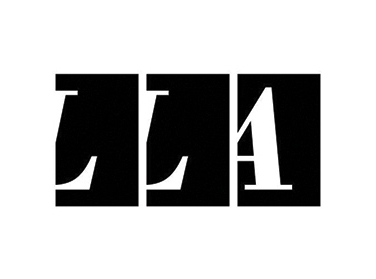There were than 10 million comic book readers in Italy in 2022: up 17.2 percent over the previous year, representing 23 percent of the population aged 15 to 74. It’s a population variegated by age, but united by strong and varied cultural consumption: they are readers of novels and non-fiction in 84% of cases, e-books in 47%, podcast listeners in 40%, and audiobooks in 19%.
These are some of the data presented at the Turin Book Fair during the event The comics market in Italy organized by AIE in collaboration with Aldus Up. Around these data began the comparison between the experiences of some publishing houses and some bookstores: Star Comics with Claudia Bovini, Sergio Bonelli Editore with Giovanni Mattioli and Edizioni BD with Marco Schiavone; Mondadori Retail with Daniele Mariani, Libreria Hoepli with Matteo Bianchi and Librerie Feltrinelli with Giovanni Albertini.
“The profile sketched by the AIE data is the profile of a reader much stronger than the book-only reader,” stressed Giovanni Mattioli, who from the Bonelli observatory captures the evolution of a consumption historically rooted in the newsstand. “Our brand, in particular, entered the bookstore nine years ago, when recognition of the comic genre began to spread beyond the circle of specialists and fans. It was time for a part of our catalog to meet a different audience, in a different place.” It has happened.
The growth in comics readership in recent years was matched by a jump in sales value, which tripled over 2019 to 107.87 million. The first four months of this year, however, marked a decline on the previous one (-12 percent), mainly related to the different release schedule after a particularly favorable 2022.
Specifically, 11 million 505 thousand copies of comics were sold in trade channels (physical and online bookstores and large retailers), up 0.4 percent on the previous year and up 260.5 percent on 2019. In 2019, the market share in copies was 3.6 percent; today more than one in 10 books sold in physical and online bookstores and supermarkets is a comic book (11.1 percent).
“Booksellers didn’t want manga in bookstores, now they want more and more,” commented Marco Schiavone, who has been presiding over the sector for years with the J-Pop brand. “Comics in general and manga in particular are here to stay,” he continued, alluding to a process of bringing manga closer to the bookstore that, having started with chain bookstores, is now also targeting independent bookstores.
“For us it’s a great achievement to be in bookstores,” confirmed Star Comics’ Claudia Bovini, “an achievement for which we have fought so hard. And if the downturn in the first months of the year can be interpreted, in his view, as a sign of stabilization, “I think there is potential for more growth. Now we need to target readers better.”
Of the 107.87 million cover-value comics sold in 2022, 58.1 percent are manga, 28.4 percent graphic novels and comic strips, and 13.5 percent children’s and teen titles. In absolute terms, manga is worth 62 million and 642 thousand euros (+7.6% over 2021), graphic novels and comic strips 30 million and 617 thousand (+3.8% over 2021), and children and youth 14 million and 611 thousand (+26%).
The growth of the children and youth segment has been welcomed by both publishers and bookstores, which are experiencing this phenomenon firsthand. It is a young audience that seeks out comics in bookstores, “and they don’t just read manga and comics: we have noticed, for example, strong overlaps with fantasy and romance,” says Giovanni Albertini of Feltrinelli Retail, noting how the willingness to spend of this particular target has been corroborated by the 18app.
In comparing it with Feltrinelli bookstores’ 15-year interest in the comics segment, Daniele Mariani recounted how Mondadori Retail has specifically invested in it only in the last 3-4 years. “It is a sector that requires a lot of space and has to be managed very competently. The high wave has passed, today only the passionate readers remain, who need a specialized assortment and offer.”
And if the next frontier is the independent bookstore, Matteo Bianchi of Milan’s Libreria Hoepli was able to contribute to the dialogue with a peculiar point of view: that of the bookseller who observes and manages both the physical flow and the e-commerce purchases of comics. “For the past year we have expanded our graphics department by welcoming comics, graphic novels and manga. Especially on weekends, this space is very busy with parents bringing their children to pick out comics. The bookstore, now more than ever, confirms itself as a place of community.”
 By
By 







